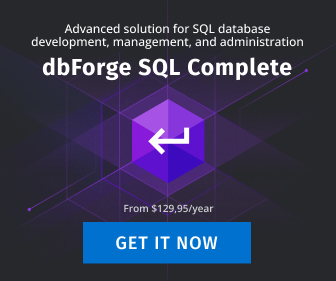How to Get SQL Percentage Calculation as Easy as Pie
Percentage calculation in SQL can be a bit like traversing an unfamiliar labyrinth. If you’re a...
SQL Aggregate Functions: Easy Tips for Newbies
SQL Aggregate Functions are functions that perform calculations and return a summarized result. With these, it’s easy to do these...
Tutorial Guide to Spark SQL: Great Tool for a Big Data Engineer
Understanding Spark SQL is extremely helpful for analyzing big data, especially when you’re working with the Spark platform. But what...
SUBSTRING Command in SQL: A Primer
Similar to my article regarding the SQL Server STUFF command, today we will be examining the...
SQL Server Primary Key
Across all major RDBMS products, Primary Key in SQL constraints has a vital role. They identify the records present in a table uniquely....
NoSQL vs SQL: Which One is Better for Big Data Management?
Nowadays, customer behavior becomes more complex and market trends continue to shift rapidly. Thus, businesses need specialized...
How to Use Array Functionality in SQL Server
Have you ever been asked how to create array in SQL Server? Or, you might be asked how to how to...
Add Columns to an Existing Table in SQL Server Database
Introduction A table is a two-dimensional logical structure and the fundamental means of storing data in relational database management...
Handling the NULL Values Effectively with the SQL COALESCE Function for Beginners
This article aims to help beginners understand the basics of the T-SQL COALESCE function and its application for handling NULL values....
Using CASE Expressions in SQL Server
Introduction CASE Expressions in SQL Server are used for the column values substitution to present...











